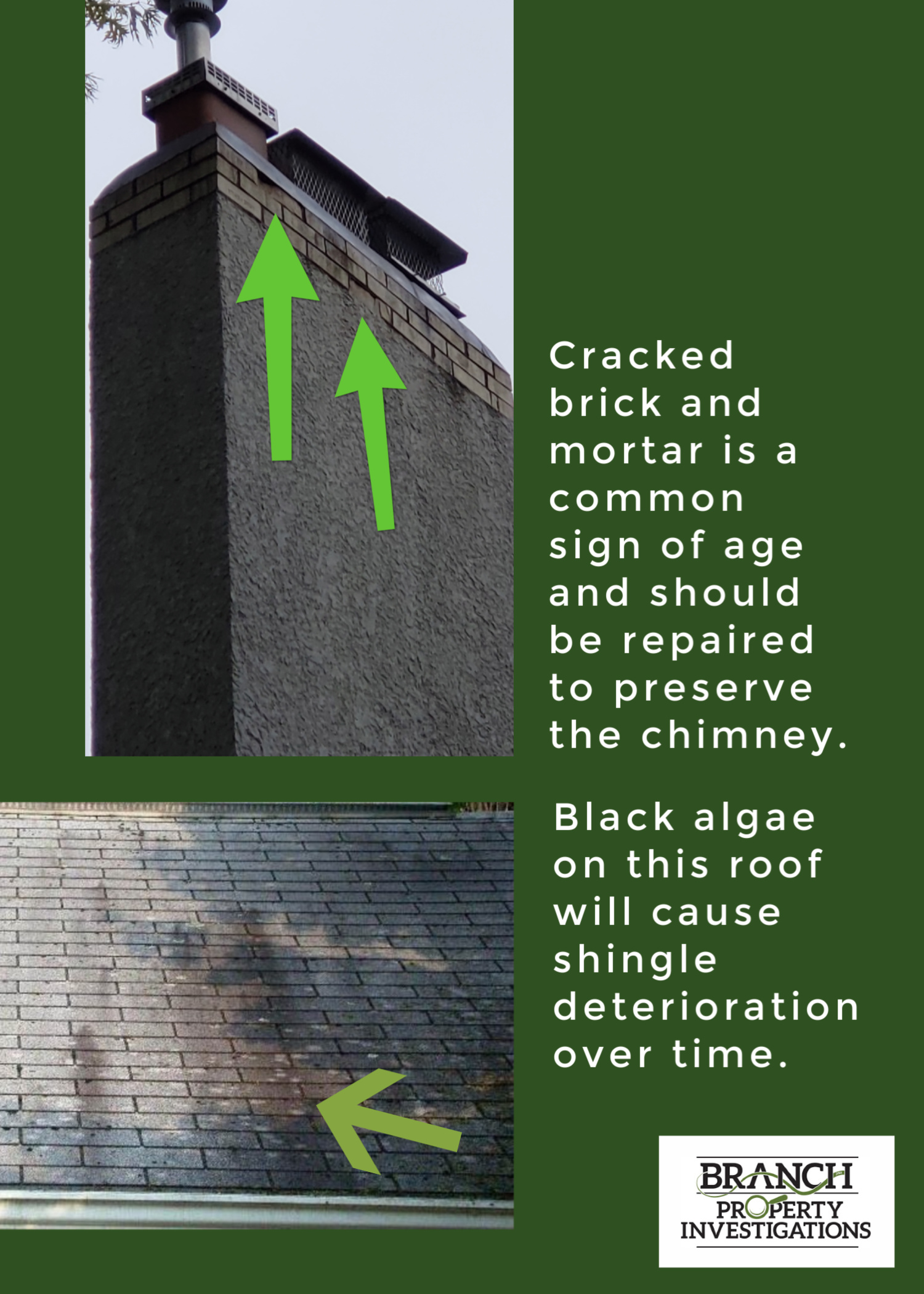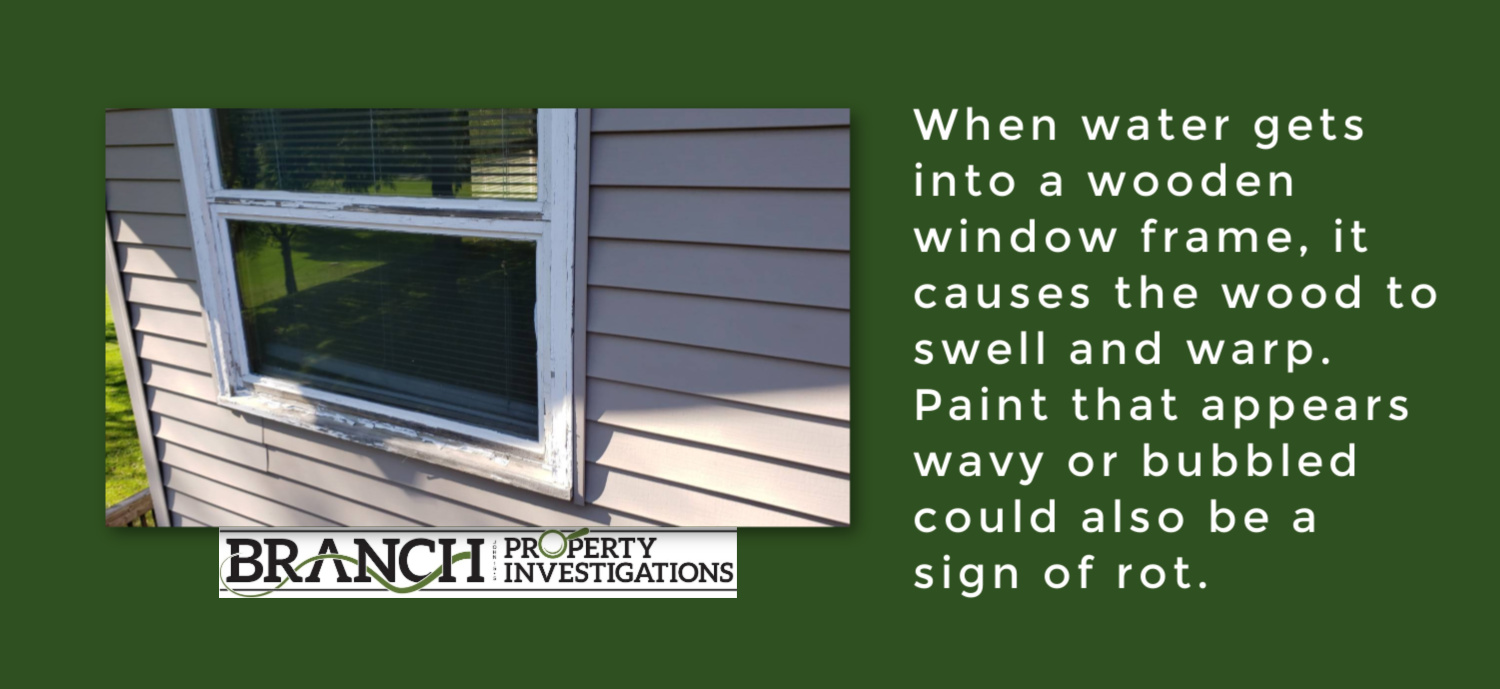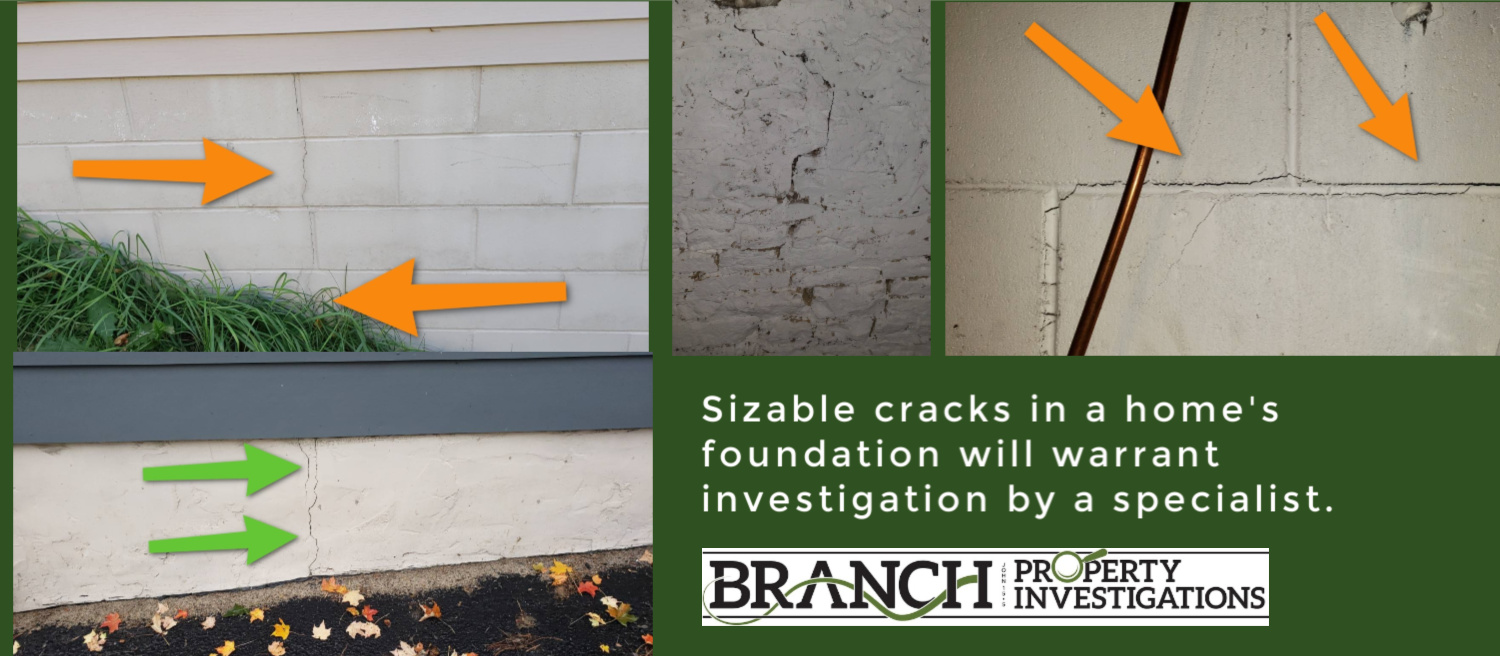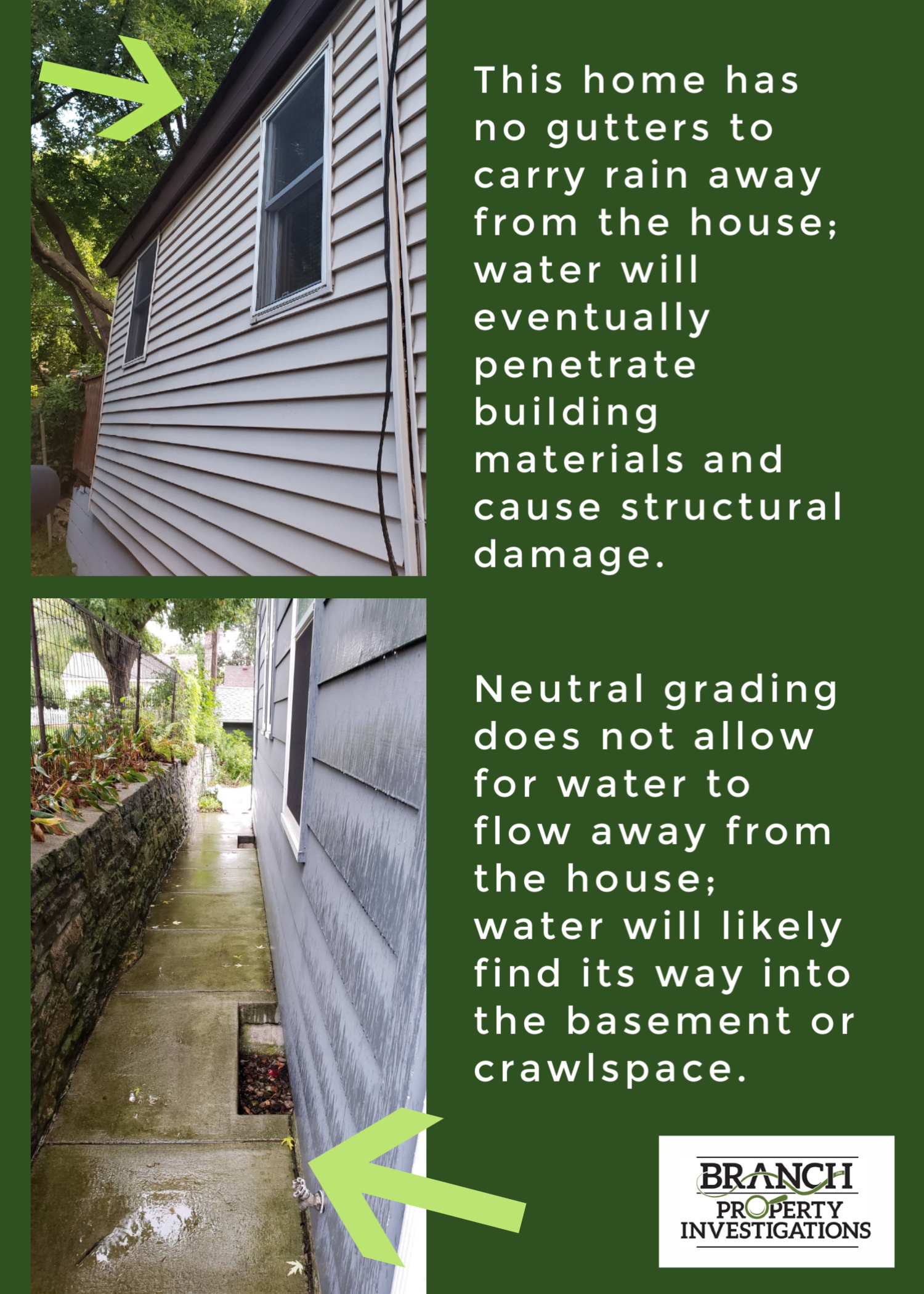I don’t like to see clients spend money on a home inspection and quickly realize they should never have made an offer in the first place. Find the right house, THEN invest the money to make a deep-dive home inspection to find any hidden issues or issues that take more specialized knowledge. When visiting homes with your realtor, I recommend you pay special attention to these larger areas frequently identified as problems during home inspections. Once they pass these tests, you’re ready to have me do that deep dive into the rest!
Roof Issues
While many roof issues can only be detected by actually walking the roof or getting a close look from a ladder, some defects can be easily seen from the ground. Be sure to walk around the house to view every side and angle.
Keep an eye out for any irregularities; shingles curling at the edge are a sign of age. Patched or mis-matched shingles, missing shingles, and shingles sliding out of place typically indicate age or faulty installation. In an earlier blog post I addressed how to remove moss and algae from the roof. 
Chimney Issues
Chimney repairs can be another significant expense. Many older homes were built with a masonry chimney; missing mortar between the bricks typically won’t be a major repair. Unfortunately, damage to the chimney mortar cap can often only be seen from up close. However, missing bricks and large cracks in the chimney walls can sometimes mean the upper portion of the chimney needs to be re-built.
Siding
Hardboard siding begins to swell and deteriorate when it rots. Begin by looking at areas not protected by soffits (overhangs) and the areas closest to the ground. These areas are especially vulnerable to moisture and will be the first to rot.
Defects with stucco siding can be difficult to identify from the exterior but discoloration beneath windows is an obvious warning sign that there may be hidden damage.
Decks
Take a moment to observe underneath the deck. A fresh coat of paint or stain may conceal rotting on the surface but you’ll get the full picture by checking the boards from below. Look under the posts to see if you can see a post footing. Check out how the deck is attached to the house wall (if attached) to see if sizable bolts with washers are visible.
Windows
The windows that will rot first are those unprotected by soffits (overhangs).
When water gets into a wooden window frame, it causes the wood to swell and warp. Paint that appears wavy or bubbled could also be a sign of rot.
Aluminum clad wood windows can completely rot on the inside yet leave no visible evidence at the exterior. Caulk maintenance is critical to keep water out of the aluminum cladding. If not maintained, water can seep behind the cladding so it’s best to gently push on the frame to help determine if there is internal rotting.
Foundations
Houses settle over time so a little unevenness isn’t cause for panic. However, keep an eye out for cracks in walls, especially over doorways, windows, or where walls meet ceilings.
Horizontal cracks are the most serious. It may be that water-saturated soil froze and expanded, pushing in and breaking the foundation. Any sizable cracks or out-of-plane movement will warrant investigation by a specialist.
Water Management
This is a biggie! Check to see that water is properly directed away from the house. Look for gutters and downspouts and if any noticeable “paths” or indentations have been carved out in the soil from heavy rain.
The earth should slope away from the house. If water drains toward a house it can lead to major water problems in the basement, crawl space or even the foundation. Look for any internal signs that water has penetrated the home–ceiling stains, wall discoloration, signs of puddles on basement floors, etc.
Keeping an eye out for these main problem-areas will help you make more informed decisions during your hunt. I’d love to partner with you once you’ve made an offer and it’s time for your professional home inspection. Scheduling online is easy!





